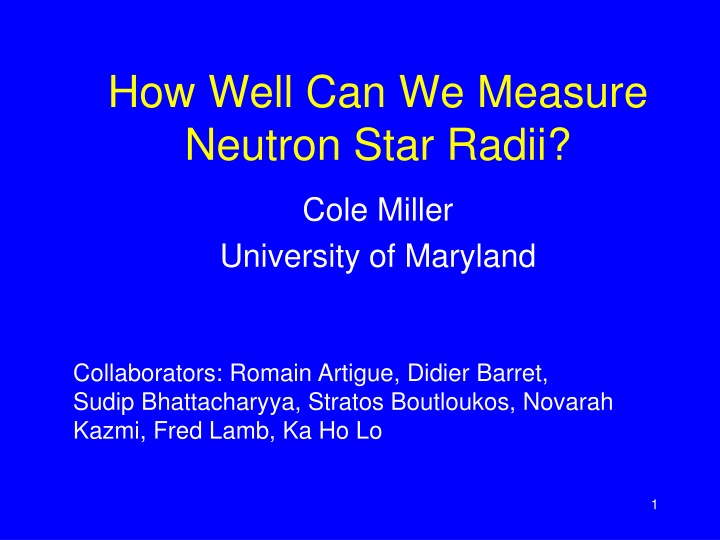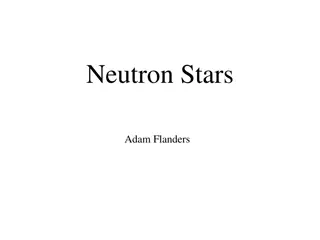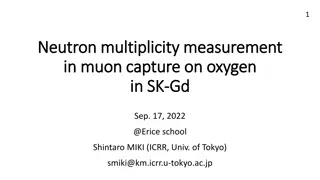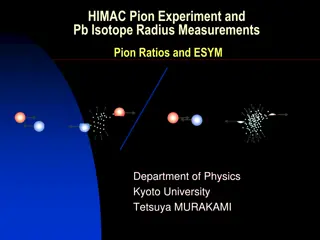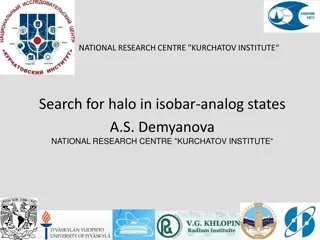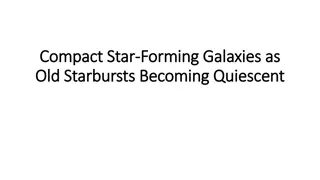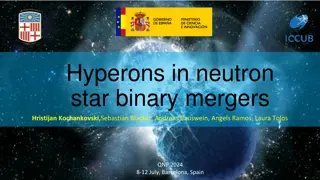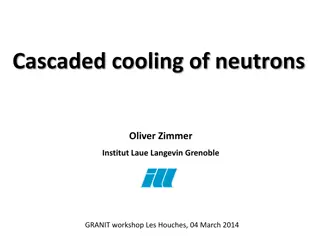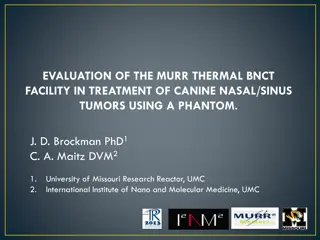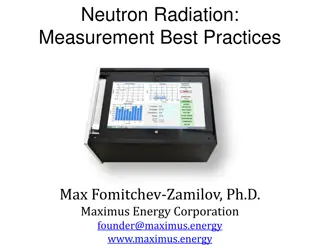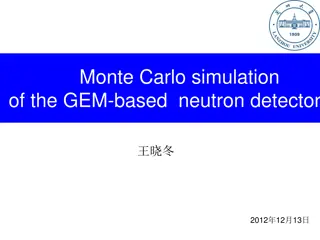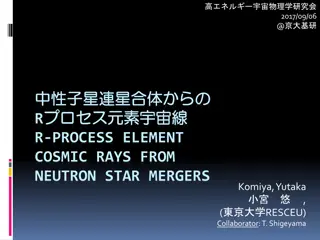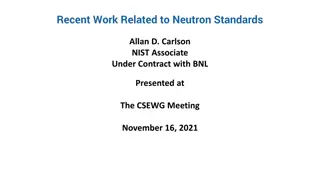Measuring Neutron Star Radii
Neutron stars present a challenge in accurately measuring their radii due to their unique spectral features and emission properties. Various methods, including ray tracing and light curve analysis, offer insights into the mass and radius of these rapidly rotating stars. Observations at different inclinations provide different levels of precision, highlighting the importance of understanding observer inclination and spot modeling in enhancing measurement accuracy.
Uploaded on Feb 18, 2025 | 1 Views
Download Presentation

Please find below an Image/Link to download the presentation.
The content on the website is provided AS IS for your information and personal use only. It may not be sold, licensed, or shared on other websites without obtaining consent from the author.If you encounter any issues during the download, it is possible that the publisher has removed the file from their server.
You are allowed to download the files provided on this website for personal or commercial use, subject to the condition that they are used lawfully. All files are the property of their respective owners.
The content on the website is provided AS IS for your information and personal use only. It may not be sold, licensed, or shared on other websites without obtaining consent from the author.
E N D
Presentation Transcript
How Well Can We Measure Neutron Star Radii? Cole Miller University of Maryland Collaborators: Romain Artigue, Didier Barret, Sudip Bhattacharyya, Stratos Boutloukos, Novarah Kazmi, Fred Lamb, Ka Ho Lo 1
Measuring stellar radii Ordinary star, like the Sun Too far for angular resolution But can get luminosity L If we assume blackbody, R2=L/(4 T4) But for NS, usually gives ~5 km! Why? Spectral shape is ~Planck, but inefficient emission Need good spectral models But data usually insufficient to test 2
Ray Tracing and Light Curves Rapidly rotating star 300- 600 Hz vsurf~0.1- 0.2c SR+GR effects Light curve informative about M, R Miller & Lamb 1998 Bogdanov+ 07, 08, 12 Many others... Must deal carefully with degeneracies Will now focus on our results from Lo et al., arXiv:1304.2330 Weinberg, Miller, and Lamb 2001 (synthetic data only!) 3
High inclinations allow tight constraints on M and R Spot and observer inclinations = 90 , high background 4
Low inclinations produce looser constraints Amplitude similar to the previous slide, but low spot and observer inclinations, low background 5
Independent knowledge of the observers inclination can increase the precision spot and observer inclinations = 90 , high background Observer inclination unknown 6
Independent knowledge of the observers inclination can increase the precision spot and observer inclinations = 90 , high background Observer inclination known to be 90 7
Incorrect modeling of the spot shape increases the uncertainties spot and observer inclinations = 90 , medium background Actual spot elongated E-W by 45 8
Phase Accumulation from GWs aLIGO/Virgo: >=2015 Deviation from point mass in NS-NS inspiral: accumulated tidal effects For aLIGO, can measure tidal param (Del Pozzo+ 2013: distinguish R~11, 13 km with 15 events?) Recent analytics confirmed by numerical relativity (Bernuzzi et al. 2012) High-freq sensitivity key High-freq modeling, too Damour et al., arXiv:1203.4352 9
